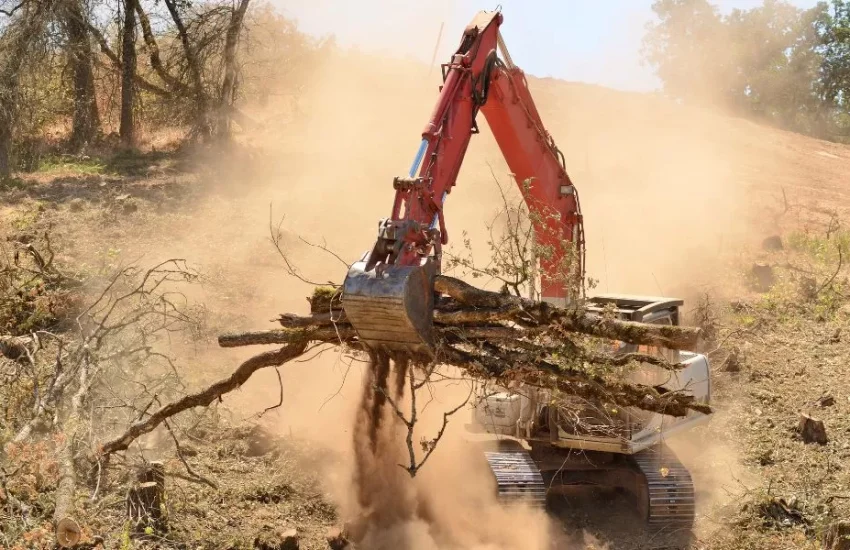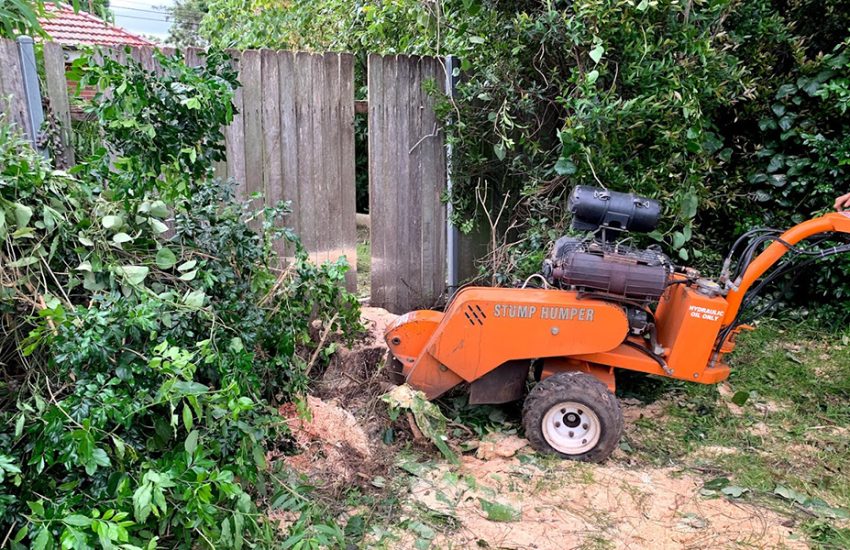Ductwork 101: Common Issues and How to Address Them
Your home’s heating, ventilation, and air conditioning (HVAC) system plays a crucial role in maintaining a comfortable and healthy living environment. Central to this system is the ductwork, a network of pathways that distribute heated or cooled air throughout your home. However, just like any other component of your HVAC system, ductwork can encounter issues that affect its efficiency and overall performance. In this blog post, we’ll explore some common ductwork issues and provide insights into how to address them.
- Leaky Ducts:
One of the most common issues with ductwork is air leakage. Leaky ducts can significantly diminish the efficiency of your HVAC system, leading to higher energy bills and uneven heating or cooling in different rooms. The escaped air can also introduce contaminants from unconditioned areas into your living spaces, affecting indoor air quality.
Solution: To address leaky ducts, you can start by inspecting visible duct sections for gaps, holes, or disconnected joints. Seal these openings using HVAC-specific foil tape or mastic sealant. For more extensive leak problems, consider hiring a professional HVAC technician to perform a thorough HVAC inspection and make necessary repairs.
- Poor Insulation:
Uninsulated or improperly insulated ducts can lead to heat loss in the winter and heat gain in the summer. This means your HVAC system has to work harder to achieve the desired indoor temperature, resulting in increased energy consumption and reduced comfort.
Solution: Insulate your ducts using appropriate insulation materials, such as fiberglass, foam board, or reflective insulation. Focus on both the supply and return ducts, paying special attention to any ducts located in unconditioned spaces like attics, crawl spaces, or basements.
- Improper Duct Sizing:
Ducts that are too small for the volume of air they need to handle can lead to reduced airflow, which in turn affects the overall performance of your HVAC system. Conversely, oversized ducts may cause noise issues and inefficiencies.
Solution: Consult with an HVAC professional to determine the appropriate duct sizing based on your system’s requirements and the size of your home. Upgrading or resizing your ductwork may be necessary to ensure optimal airflow and energy efficiency.
- Blocked or Restricted Airflow:
Blocked or restricted vents, registers, or air returns can lead to imbalanced heating or cooling in different parts of your home. This issue can also strain your HVAC system and reduce its lifespan.
Solution: Regularly check and clean vents, registers, and air returns to ensure unobstructed airflow. Move furniture or objects away from vents and registers, and make sure that the return air registers are not blocked by debris.
- Poor Duct Design:
In some cases, the original design of the ductwork may be flawed, leading to inefficient airflow and temperature imbalances.
Solution: If you suspect that your ductwork design is causing problems, consider consulting with an HVAC professional who can assess the system’s layout and recommend modifications or improvements.
- Duct Damage:
Ducts can become damaged due to age, pests, construction work, or accidents. Cracks, holes, and dents can all impact the efficiency of your HVAC system.
Solution: Inspect your ductwork periodically for any signs of damage and address issues promptly. Small repairs can often be done using specialized tape or sealant, but larger damages might require professional repair or replacement.
Ductwork plays a crucial role in the efficiency and effectiveness of your HVAC system. By addressing common issues such as leaks, poor insulation, improper sizing, blocked airflow, poor design, and damages, you can ensure that your home remains comfortable and energy-efficient year-round. Regular HVAC maintenance and professional HVAC inspections will go a long way in maintaining the health of your ductwork and overall HVAC system. If you’re unsure about any aspect of your ductwork, don’t hesitate to reach out to a qualified HVAC technician for guidance and assistance.



